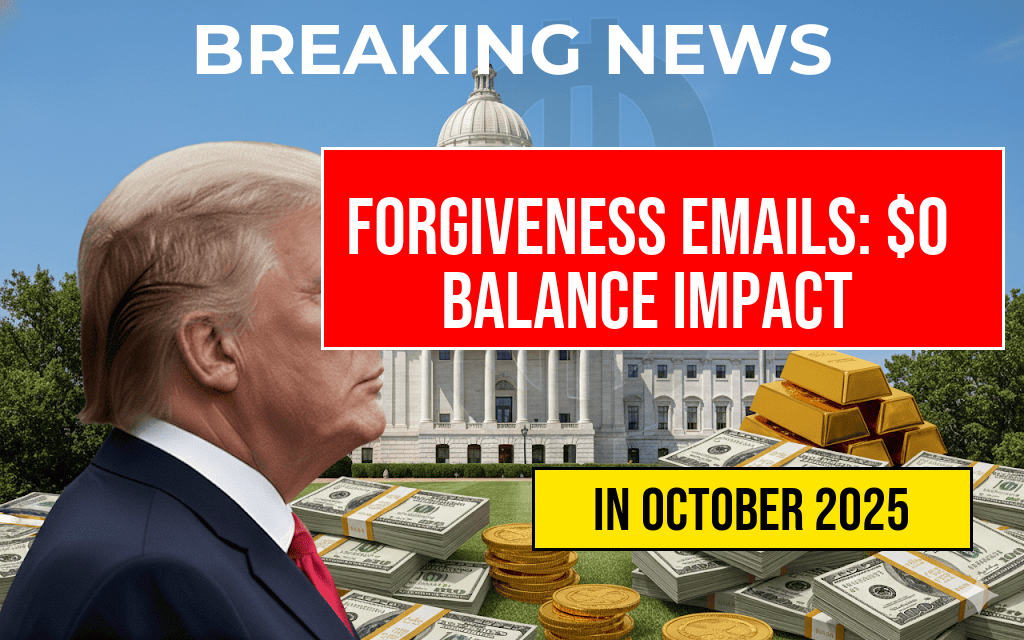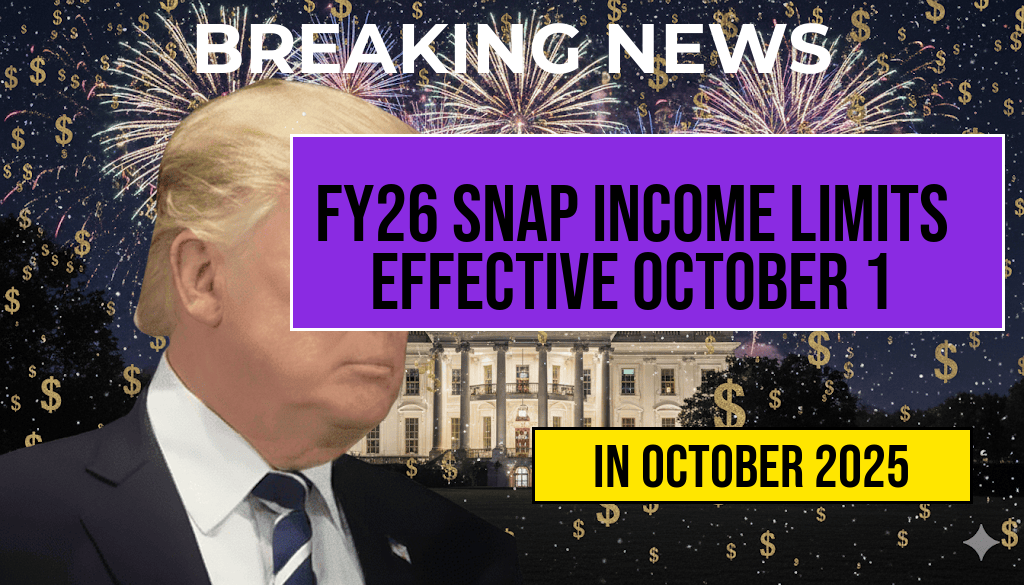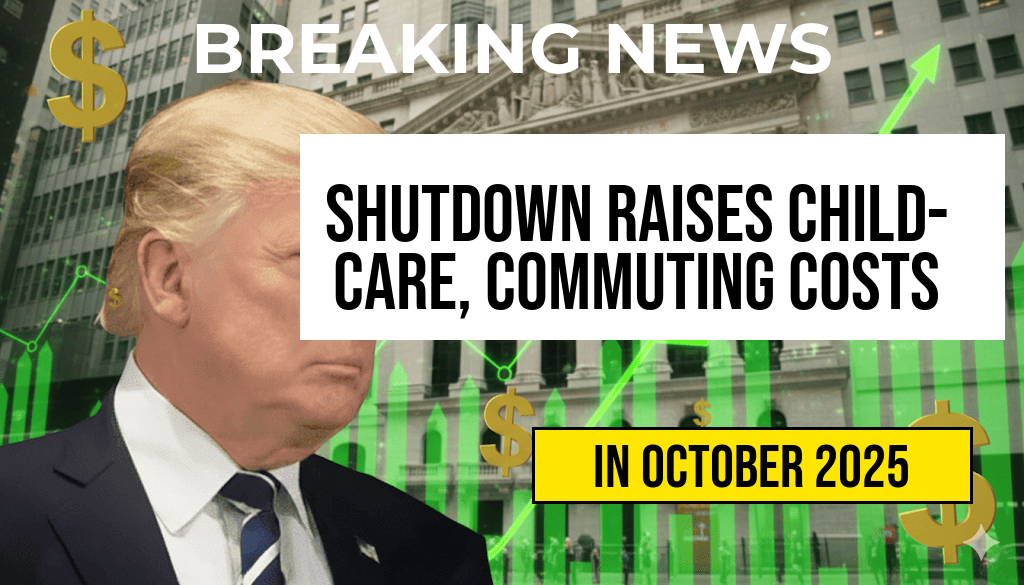In a significant development recently, thousands of borrowers received emails notifying them of student loan forgiveness, resulting in a $0 balance on their accounts. This announcement has stirred a mix of relief and confusion among borrowers, many of whom have struggled for years under the weight of student debt. The forgiveness primarily stems from changes in federal loan policies aimed at providing relief to those who have been left behind by previous programs. As borrowers navigate this new landscape, understanding what a $0 balance means for their USD funds and future financial decisions is critical.
Understanding Student Loan Forgiveness
Student loan forgiveness is a program designed to relieve borrowers of their debt obligations under specific conditions. This initiative has gained traction, especially as the federal government seeks to alleviate the financial burdens of millions of Americans. With the recent wave of forgiveness emails, many borrowers are now left wondering about the implications of a $0 balance. Here are some key points to consider:
- Eligibility Criteria: Not all borrowers qualify for forgiveness. Factors such as the type of loans held, repayment plans, and employment status can affect eligibility.
- Impact on Credit Scores: A $0 balance can improve a borrower’s credit score, as debt-to-income ratios are positively affected.
- Future Borrowing Potential: With student loans forgiven, individuals may find it easier to qualify for other types of credit, such as mortgages or personal loans.
The Implications of a $0 Balance
Having a $0 balance on student loans can lead to several immediate and long-term benefits for borrowers:
Financial Relief and Freedom
For many, the most significant impact of having their student loans forgiven is the newfound financial freedom. Without monthly payments, individuals can redirect funds toward savings, investments, or other essential expenses. This shift allows for better financial planning and stability.
Potential Tax Consequences
While student loan forgiveness is welcome news, borrowers should be aware of potential tax implications. Under current federal law, forgiven student loans are generally not considered taxable income. However, borrowers should consult with tax professionals to understand how state tax laws may differ.
Future Financial Planning
With a clean slate, borrowers can now focus on their financial future. Here are some strategic steps they can consider:
- Emergency Savings: Building an emergency fund can provide a safety net for unexpected expenses.
- Investing: Consider investing in retirement accounts or other investment opportunities to build wealth over time.
- Education Savings: If planning for children’s education, setting aside funds in a 529 plan can be beneficial.
What Borrowers Should Do Next
Receiving a forgiveness email is just the beginning. Here are some recommended actions for borrowers to take:
- Verify the Details: Check the email for accuracy and ensure it is from a legitimate source. Scams can occur, especially during times of financial relief.
- Update Financial Records: Keep accurate records of the forgiveness and any communications related to it for future reference.
- Monitor Credit Reports: Regularly review credit reports to ensure that the changes reflect a $0 balance.
Looking Ahead
The recent wave of loan forgiveness is part of a broader effort by the federal government to tackle the student debt crisis. While this is a positive step for many, ongoing discussions about student loan policies continue to evolve. Borrowers should stay informed about potential changes that could affect their financial situations in the future.
For further reading on student loan forgiveness and its implications, you may refer to sources like Forbes and Wikipedia.
Frequently Asked Questions
What does a $0 balance mean for my USD funds?
A $0 balance indicates that your loans or debts have been forgiven, meaning you no longer owe any money. This is a significant relief for many borrowers, as it can improve financial stability and allow for new opportunities.
Who is eligible to receive forgiveness emails?
Individuals who have made qualifying payments or meet specific criteria set by the loan servicers are typically eligible to receive forgiveness emails. It’s essential to check your loan status and the guidelines provided by your loan servicer to confirm eligibility.
What steps should I take after receiving a forgiveness email?
After receiving a forgiveness email, review the details carefully to ensure accuracy. Then, update your financial records, and consider consulting a financial advisor to discuss how this change impacts your overall financial situation.
Will receiving a $0 balance affect my credit score?
In most cases, receiving a $0 balance can have a positive impact on your credit score, as it reflects that your debts have been paid off. However, it’s important to monitor your credit report to see how this change is recorded.
Are there any tax implications for loan forgiveness?
Yes, there can be tax implications for loan forgiveness. Depending on the type of debt forgiven, you may be required to report the forgiven amount as taxable income. It’s advisable to consult a tax professional to understand your specific situation.







